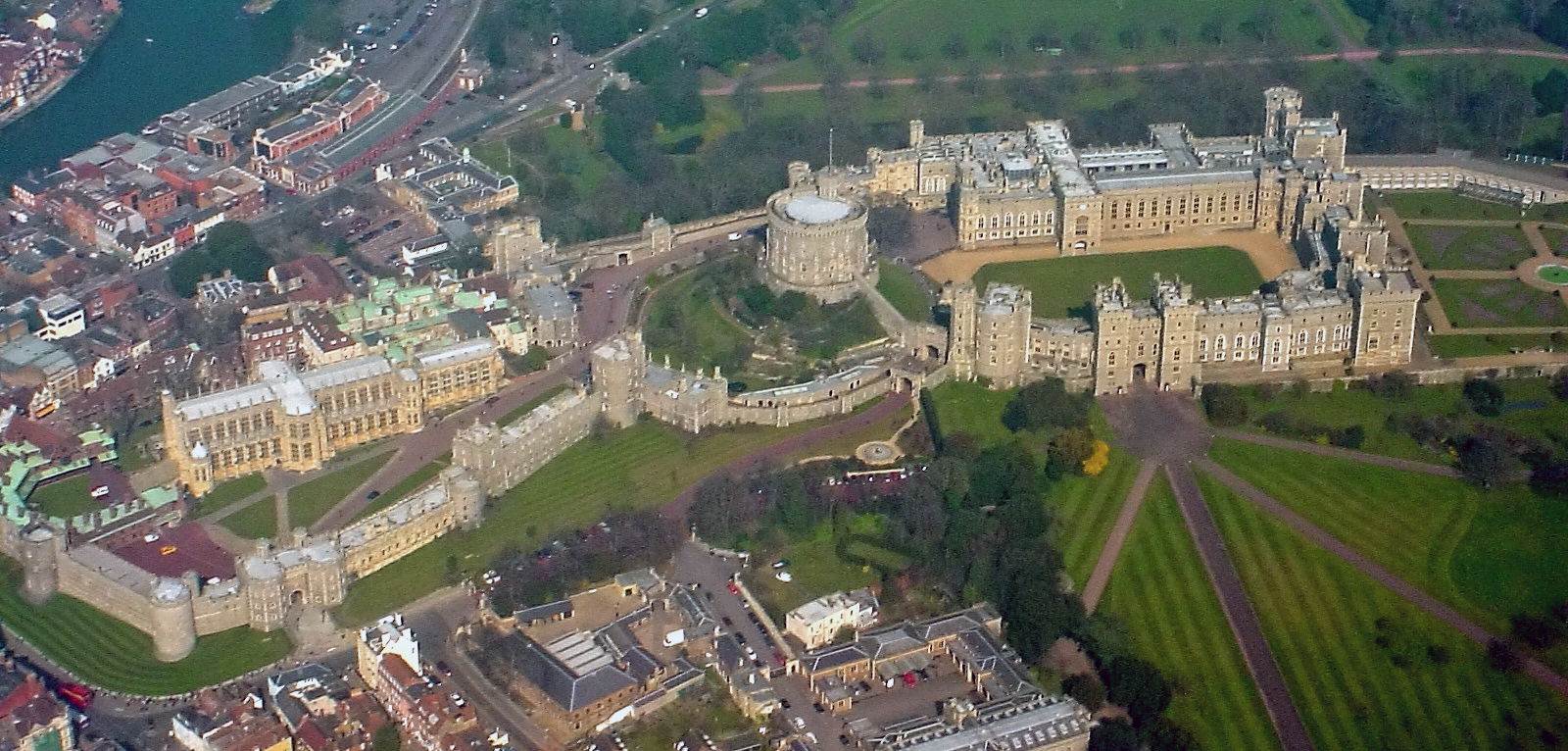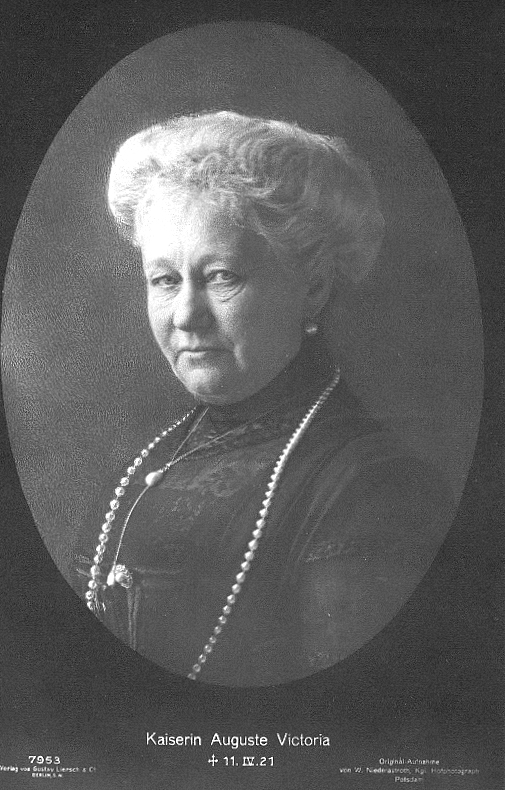by Scott Mehl © Unofficial Royalty 2013
Willem III, King of the Netherlands and Grand Duke of Luxembourg; Credit: Wikipedia
Willem III, King of the Netherlands and Grand Duke of Luxembourg was born on February 19, 1817, in the Palace of the Nation (now the building that houses the Belgian legislature) in Brussels, which was then part of the United Kingdom of the Netherlands. He was the eldest of the five children of King Willem II of the Netherlands and Anna Pavlovna of Russia, daughter of Paul I, Emperor of All Russia.
Willem had four siblings:
- Prince Alexander “Sasha” of the Netherlands (1818–1848), unmarried
- Prince Hendrik of the Netherlands (1820–1879), married (1) Amalia of Saxe-Weimar-Eisenach and (2) Marie of Prussia, no issue from either marriage; Prince Hendrik died from measles
- Prince Ernst of the Netherlands (born and died 1822)
- Princess Sophie of the Netherlands (1824–1897), married Karl Alexander, Grand Duke of Saxe-Weimar-Eisenach, had issue

Willem II and Anna Pavlovna with their family. From left to right: the future Willem III, Alexander, Willem II, Anna Pavlovna, Sophie, and Hendrik; Credit – Wikipedia
On June 18, 1839, in Stuttgart, Kingdom of Württemberg, now in the German state of Baden-Württemberg, Willem married his first cousin Princess Sophie of Württemberg, the daughter of King Wilhelm I of Württemberg and Grand Duchess Catherine Pavlovna of Russia. King Otto I of Greece had been an early candidate for a husband for Sophie. However, Sophie’s father had no confidence in the newly established Greek monarchy and Willem was chosen. Sophie met Willem for the first time in 1838 after both fathers had already agreed upon the marriage. Willem fell in love with Sophie, but she saw nothing in him. She tried to resist the marriage, but it was in vain. Sophie’s father thought Willem was an excellent match for his daughter and Willem’s father did not want to abandon the commitment to the marriage.
Willem and Sophie had three sons, but they all predeceased their father:
- Prince Willem (1840–1879), Prince of Orange 1849 – 1879, unmarried
- Prince Maurits (1843–1850) died young from meningitis
- Prince Alexander (1851–1884), Prince of Orange 1879 – 1884, unmarried

Prince Maurits (left) with his brother Prince Wilhelm; Credit – Wikipedia

Prince Alexander; Credit – Wikipedia
The marriage of Sophie and Willem was ultimately unsuccessful. Willem had numerous extramarital affairs and had numerous illegitimate children. Sophie let him know that she thought him inferior to her and unfit to serve as king. She was convinced she could do better ruling the country as a regent. Sophie tried to divorce her husband, but because of national interests, this was impossible. In 1855, an agreement was made that Sophie would have her own quarters at Noordeinde Palace and that she would spend the summers at Huis ten Bosch Palace without her husband.

Queen Sophie; Credit – Wikipedia
On June 3, 1877, Queen Sophie died at the age of 58. Willem was eager to marry again to ensure the future of the House of Orange. One of his three children (all sons), Prince Maurits, had died in 1850 and neither of the other two sons was married. At the suggestion of his only sister, he contacted George Victor, Sovereign Prince of Waldeck-Pyrmont and Princess Helena of Nassau, who had several marriageable daughters. In July 1878, Willem visited the family at their summer home where he met 23-year-old Princess Pauline and 20-year-old Princess Emma. His eyes first fell on Pauline, but soon he chose Emma and proposed to her. Willem was 61 years old, 41 years older than Emma. Emma had lessons in the Dutch language and Dutch history before her marriage because she wanted to come to her new country as a Dutch woman. The couple was married on January 7, 1879, in Emma’s birthplace Arolsen, Principality of Waldeck and Pyrmont, now in Hesse, Germany. Emma had a positive influence on Willem and the marriage was extremely happy. The last decade of Willem’s life was the best years of his reign.
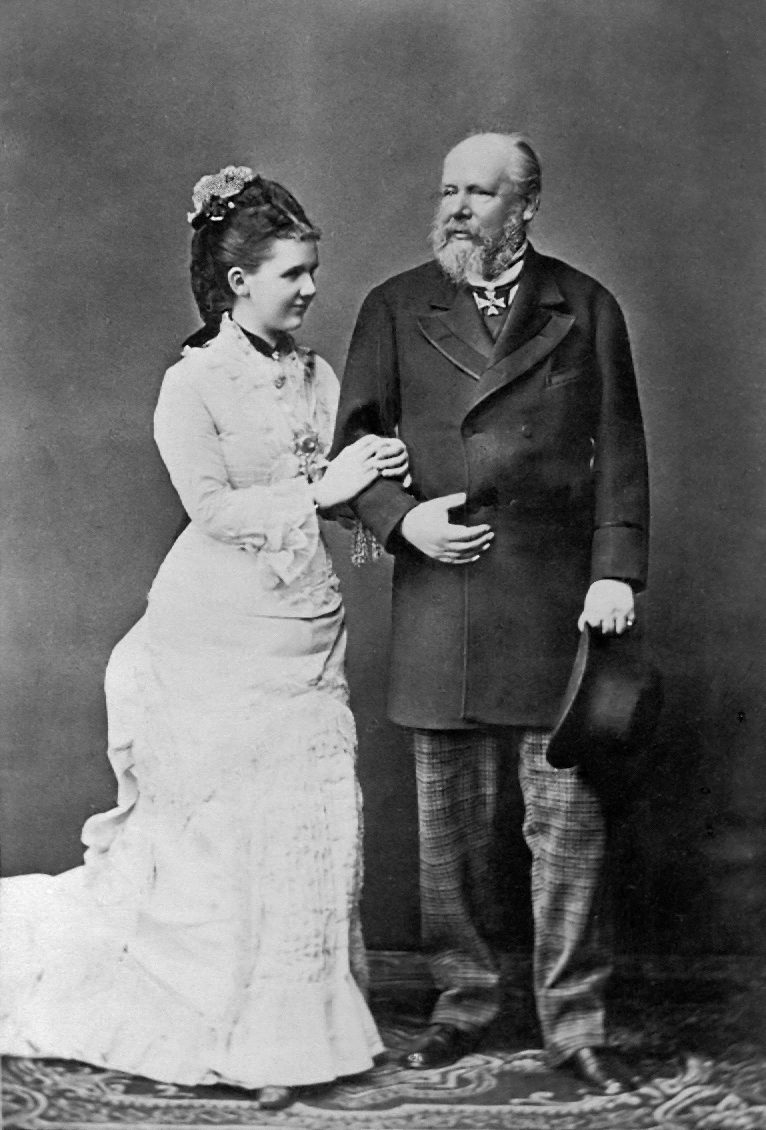
Queen Emma and King Willem III; Credit – Wikipedia
Willem and Emma had one daughter:
- Queen Wilhelmina of the Netherlands (1880 – 1962), married Heinrich, Duke of Mecklenburg-Schwerin, had one daughter Queen Juliana of the Netherlands
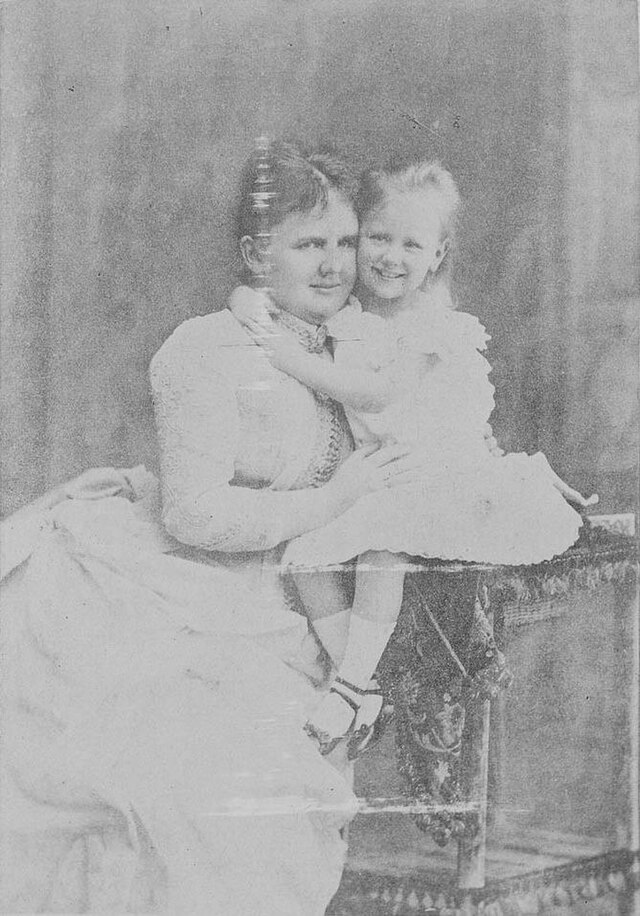
Queen Emma with her daughter Wilhelmina; Credit – Wikipedia
The Netherlands followed the Sem-Salic Law which allowed for female succession only if there were no male dynasts. In September 1879, Willem’s eldest son Prince Willem died, leaving only one son. At the time of Wilhelmina’s birth, her half-brother Prince Alexander and the King’s uncle Prince Frederik were alive, so Wilhelmina was third in the line of succession. Prince Frederik died in 1881 and upon the death of Prince Alexander in 1884, Wilhelmina became the heir presumptive to the Dutch throne, and Emma was appointed to be Regent if Wilhelmina came to the throne before her majority.
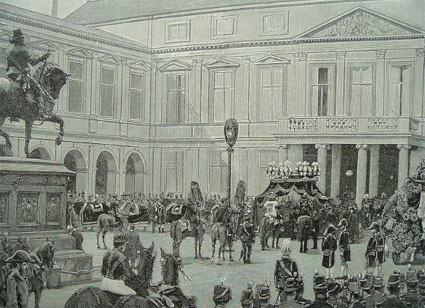
Funeral of King Willem III; Credit – Wikipedia
In 1888, King Willem III’s health began to decline. When it became apparent that Willem could no longer reign, Emma was sworn in as Regent on November 20, 1890. On November 23, 1890, 73-year-old King Willem III died at Het Loo Palace in Apeldoorn, the Netherlands. He was buried at Nieuwe Kerk in Delft, the Netherlands.
Ten-year-old Wilhelmina became Queen. Emma took over as Regent for her daughter until Wilhelmina’s eighteenth birthday in 1898. The Grand Duchy of Luxembourg could not be inherited by a woman at that time and it passed to a distant cousin Adolphe, Duke of Nassau who was also Queen Emma’s maternal uncle.
This article is the intellectual property of Unofficial Royalty and is NOT TO BE COPIED, EDITED, OR POSTED IN ANY FORM ON ANOTHER WEBSITE under any circumstances. It is permissible to use a link that directs to Unofficial Royalty.
Kingdom of the Netherlands Resources at Unofficial Royalty

